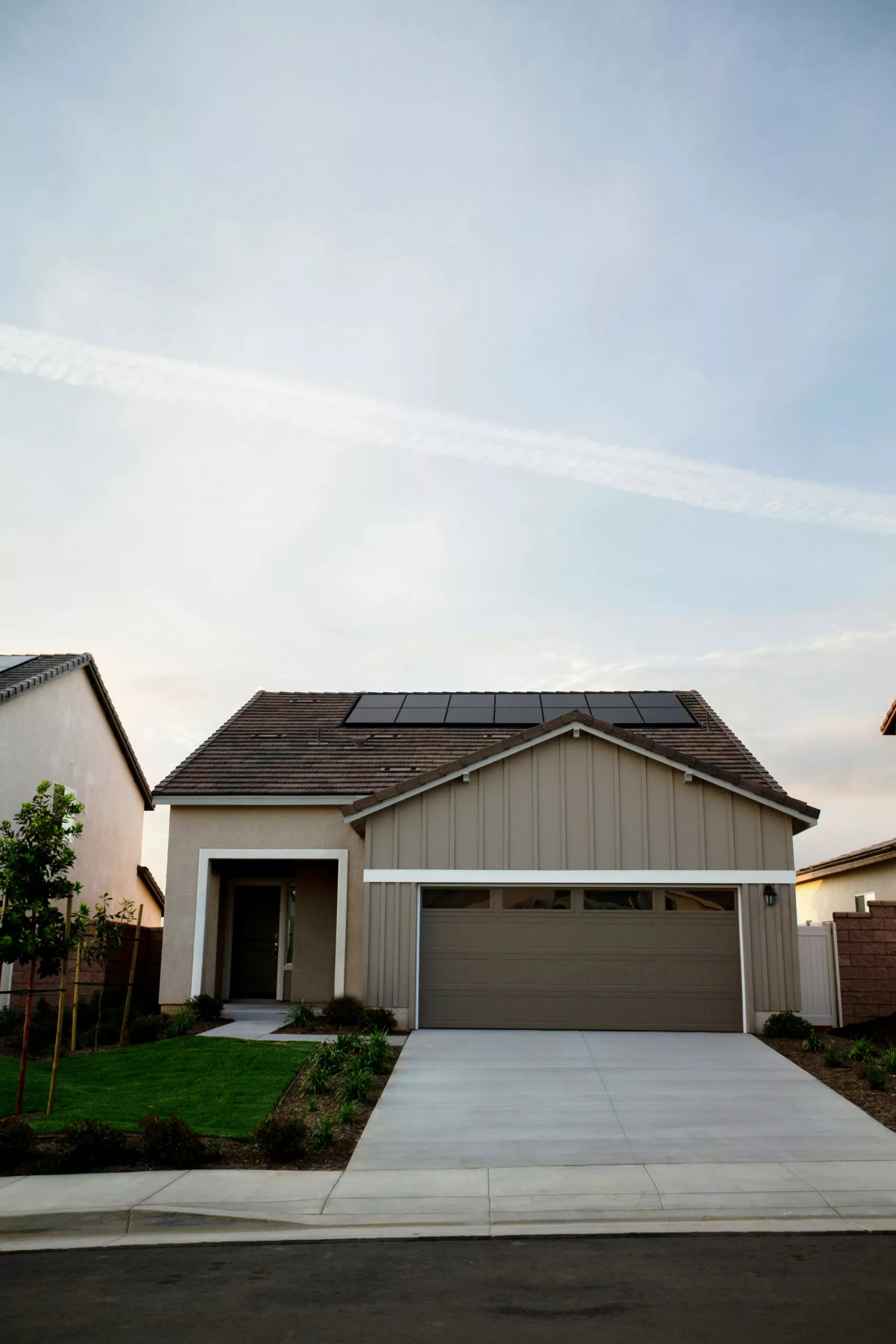Historically, regional banks have been reticent to back clean energy ventures, perceiving them as high-risk undertakings with unassured returns. Their expertise in funding for energy-efficiency upgrades or clean energy installations remains, consequently, underdeveloped. Similarly, larger financial institutions tend to reserve their clean energy lending for monumental solar and wind endeavors, leaving smaller consumer projects on the sidelines.
However, the landscape is set to change dramatically for smaller entities seeking to embrace clean energy initiatives.
Groundbreaking EPA Grants Propel Clean Energy Access
On the 4th of April, a transformative announcement was made by the US Environmental Protection Agency (EPA). The agency disclosed the recipients of $20 billion worth of grants. These grants are designed to establish a robust national financing network aimed at propelling clean energy projects and climate solutions across various sectors. Benefiting from grant amounts between $500 million to $6.9 billion, eight non-profits will play pivotal roles in this financing network.
This initiative stems from a conscious effort by the EPA to adopt a more inclusive approach in distributing green bank funds—moving away from a limited distribution to just a few nationwide entities towards a broader outreach.
Through supporting a broad spectrum of projects, the national clean energy financing network envisages the stimulation of private investment. This investment will not only address climate and air pollution concerns but will also reduce energy expenses, bolster public health, and generate sustainable clean energy jobs—especially in communities grappling with socio-economic challenges.
Fostering Equality in Clean Energy Financing
The EPA’s grant structure is crafted to ensure equitable access to clean energy finance, mandating that administrators dedicate a minimum of 70% of the funds, amounting to over $14 billion, towards the upliftment of disadvantaged communities. These are territories that have experienced the adverse impact of redlining—a stark discriminatory lending practice affecting non-white localities. The present initiative aims to counteract this history of exclusion, by practicing so-called greenlining—offering loans with preferable conditions in those very communities.
EPA Administrator Michael S. Regan emphasized the impact of the clean energy financing network in catalyzing a multitude of projects, from solar installations for small businesses to electric vehicle loans for families, and diverse other undertakings.
The federal drive towards a greener future faced political headwinds, however, with the House Republicans moving to dismantle the Greenhouse Gas Reduction Fund, designated as the National Green Bank. Despite the opposition and threats of legislative removal, proponents of the initiative, such as Senator Edward J. Markey, remain adamant about its necessity for environmental justice and a more sustainable future.
The Role of Green Banks in Supporting Clean Energy
Green banks differ from their traditional counterparts by exhibiting a propensity to finance endeavors aimed at mitigating climate change. They fill a critical gap by drawing in private capital that might otherwise shy away from clean tech investments.
With options that may include lower interest rates, extended repayment periods, and minimal initial investment requirements, these banks expand access to clean energy funding, as per the insights from the National Renewable Energy Laboratory (NREL). Without this alternative financing, securing economical options for projects focusing on energy conservation or clean energy might be unattainable.
The unveiling of these landmark grant allocations fell to Vice President Kamala Harris and EPA Administrator Michael S. Regan, who described these grants as a historic investment in community-focused climate initiatives. Their visit to Charlotte, North Carolina highlighted a local success story where economic opportunity, energy efficiency, and affordable housing intersect due to the efforts of the nonprofit ‘Self-Help’.
A personal account from homeowner Mildred Carter illustrates the profound impact that a green bank network can have on individuals. In her moment of need, a cohesive program, including incentives and philanthropic contributions, provided a sustainable and economic solution for her home’s energy needs—a testament to the transformative potential of clean energy projects at the community level.
The conception of the Greenhouse Gas Reduction Fund hub over two decades ago now takes tangible form, as exemplified by the success of the Connecticut Green Bank. Such institutions derive their resources in ways that minimize individual burden while maximizing community gains, capitalizing on innovative funding models like minuscule surcharges on household energy rates.
While the broader banking sector might take time until it fully engages with smaller-scale initiatives, entities like the Connecticut Green Bank demonstrate the viability and profound benefits of extending financing into areas such as domestic solar panels, energy storage, and eco-friendly transportation.
